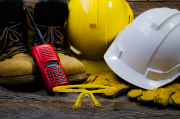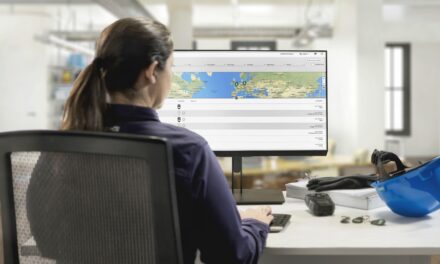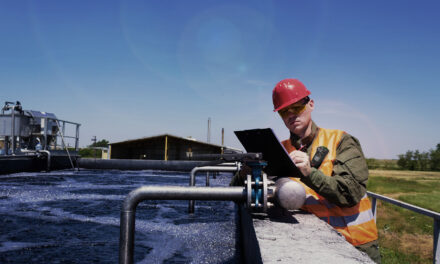When an employee heads into work for the start of their working day they would probably not anticipate the possibility of an accident taking place in the workplace. However, a simple slip or misuse of a machine can change the whole course of their day and potentially even their life. In 2016/17 the Health and Safety Executive, HSE reported figures that 29 per cent of non-fatal injuries incurred as a result of a slip, trip or fall on the same level and the second highest percentage at 22 per cent for lifting and handling. If you are a manager, supervisor or team leader, it is your responsibility to lower risk of accidents with optimum training and guidance appropriate to your workplace and any equipment or machinery if used. It is a legal requirement to follow all relevant Health and Safety regulations and also keep up to date with training. Sadly, the consequences of an accident at work can leave a business with a tarnished reputation and with a rise in accident at work compensation claims, could also end up becoming a very costly ordeal that could have been easily avoided.
Sustaining Injuries
Depending on your place of work, you or your employees might be open and susceptible in your working day to many different types of risks. It is important to be aware of these to always remain vigilant of your surrounding and help prevent workplace injuries.
There are different forms of injury from organisational and safety where a company’s actions and procedures may be at fault by not following the correct protocol to chemical, physical and biological where an accident can be caused by exposure to an element such as chemicals.
The main responsibility of safety in the workplace is in the hands of the employer. By law there will legally be requirements in place to protect all employees which must be adhered to. It is important to know all health and safety regulations that are applicable to your workplace for the safety of your staff, all customers and also yourself. Keeping up to date with scheduled risk assessments and providing relevant, up to date training is very important step to keeping your workplace fully compliant.
In the event of an accident
If you do find yourself in the situation of having an accident in your place of work, you will be deemed as the first contact. It is important that as soon as possible after being made aware of the accident that medical care has been called for if not already done so or you have a first aid support in the building. Manage the situation with the injured parties needs first is most important. Whist tending to your employee try to find out as much information regarding the incident and record it officially – this can helps medical teams with any injuries as well as document the accident if in the future any information needs to be escalated in an investigation.
If the severity of the accident requires the injured party to recover you will have to adhere to regulations in terms of providing sick pay until they return to work. Again the introduction back to work needs to be based on recovery from the accident, giving appropriate time and duties in relation to your employees injuries.
In the event of an employee wishing to seek compensation it is important to follow all procedures on their return to work, whether they need condensed hours, or speciality equipment. Provide full cooperation to any investigations ongoing into the matter.
Accident Reports
It is of high importance to report the incident under the act RIDDOR as it is a requirement for all employees. You are given a timeframe of 10 days but the sooner the better to still avoid any penalties. This process allows you to report instances online. Detailing as much information as possible will be most beneficial to make sure all there appropriate information is submitted and details are not forgotten or overlooked. In a report form HSE there were 609,000 non-fatal injuries to workers were self-reported to 70,116 non-fatal injuries reported by employers.
Your Working Culture
Your company’s culture can play a role in accidents at work which is a big factor that can be overlooked. With fatigue being placed as one of the main causes for an accident, it is worth looking at ways in which you can promote a healthy work-life balance, including rest and sleep, as it has been reported that employee’s getting lower than 5 hours sleep a night are prone to be involved with more accidents.
Whilst there is often a pressure to meet deadlines and targets, an overworked and stressed team is not the answer. A better balance will ultimately benefit in the long term not only on the prevention of accidents but will also boost other factors such as company morale as well as productivity and in turn will be good for a company’s reputation and long term success.
Accidents can happen at any time and in any working environment so is important to install a safe working culture for all employees, complying with health and safety regulations and aiding in the prevention of accidents. As well as maintaining a positive culture, having good health and safety procedures in place and good relationships with employees can result in well managed time off sick for employees if they are involved in an accident at work.
Remain Vigilant
Regular reviews of your procedures and practices are essential and it is important to make sure you don’t become complacent when it comes to health and safety. To make sure you are conforming to adequate and up-to-date health and safety regulations or if you have any questions on this matter, it is recommended that you seek advice and guidance from the Health and Safety Executive.






